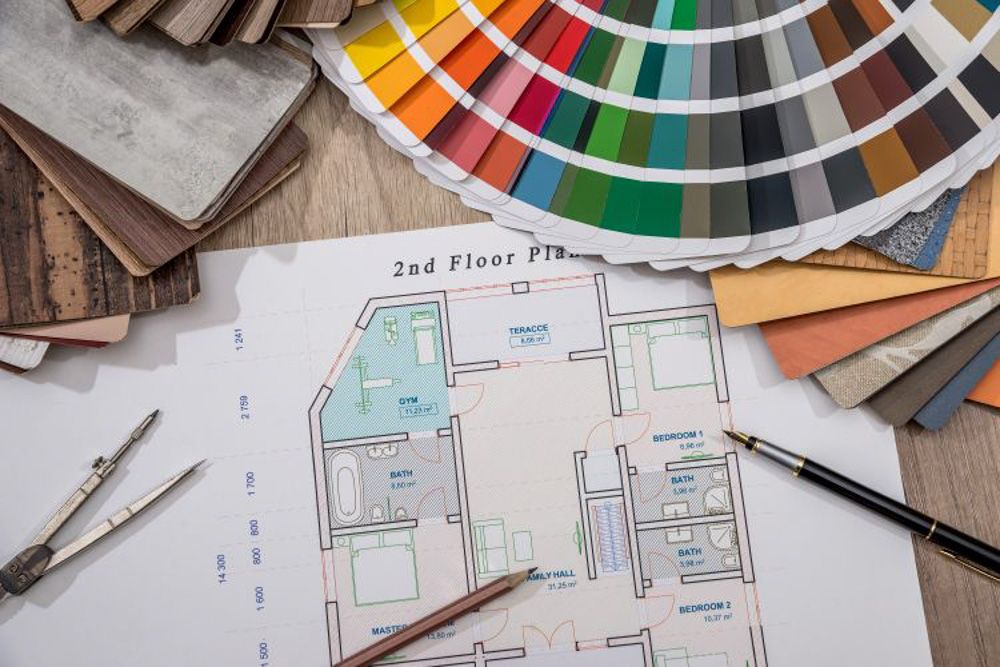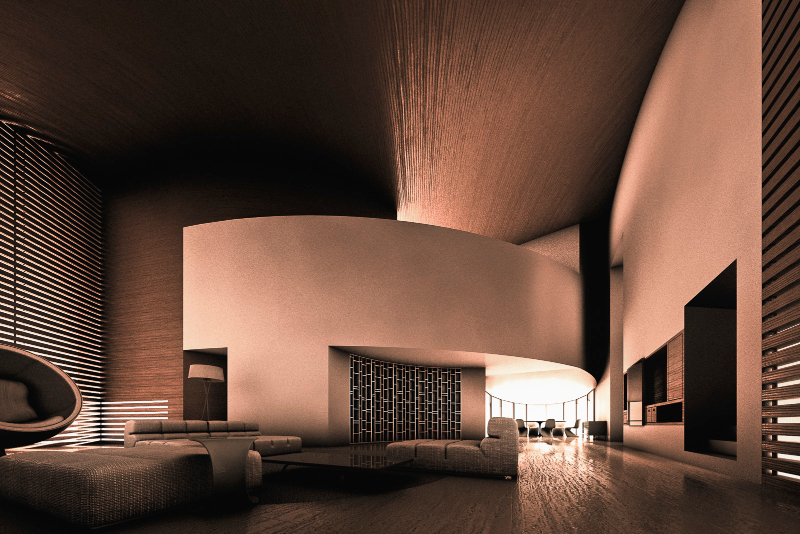The Art of Balance: How Interior Design and Home Designer Collaborate for Stunning Outcomes
In the world of home design, striking an equilibrium between appearances and capability is no little accomplishment. This fragile equilibrium is attained with the unified collaboration between interior designers and designers, each bringing their distinct expertise to the table. Remain with us as we discover the complexities of this collective procedure and its transformative influence on home design.
Recognizing the Core Differences Between Interior Decoration and Home Style
While both Interior Design and home style play essential roles in producing aesthetically pleasing and practical spaces, they are inherently various self-controls. Home style primarily concentrates on the architectural aspects of the home, such as developing codes, safety and security policies, and the physical building of the area. It manages the 'bones' of the framework, dealing with spatial measurements, load-bearing wall surfaces, and roof layouts. On the various other hand, Interior Design is extra worried with boosting the sensory and visual experience within that framework. It includes choose and setting up furniture, selecting shade systems, and incorporating attractive aspects. While they work in tandem, their duties, responsibilities, and locations of knowledge diverge substantially in the creation of an unified home environment.
The Synergy In Between Home Architecture and Inside Layout
The synergy in between home design and Interior Design depends on a common vision of design and the improvement of practical appearances. When these 2 areas straighten sympathetically, they can transform a living area from common to remarkable. This collaboration needs a much deeper understanding of each self-control's concepts and the capacity to produce a natural, aesthetically pleasing setting.
Unifying Layout Vision
Merging the vision for home style and Interior Design can create an unified living space that is both useful and visually pleasing. The balance begins with an incorporated way of thinking; designers and interior developers work together, each bringing their proficiency. This unison of concepts forms the design vision, a plan that overviews the task. This shared vision is essential for uniformity throughout the home, making sure a liquid shift from outside style to indoor areas. It promotes a collaborating strategy where architectural components enhance Interior Design parts and vice versa. The result is a natural home that mirrors the home owner's lifestyle, preference, and personality. Thus, unifying the style vision is vital in blending style and Interior Design for spectacular outcomes.
Enhancing Useful Looks
How does the harmony between home design and indoor style enhance functional looks? Engineers lay the foundation with their structural layout, making certain that the area is practical and reliable. An architect could develop a residence with large home windows and high ceilings.
Importance of Partnership in Creating Balanced Spaces
The partnership in between interior designers and designers is essential in developing well balanced areas. It brings consistency between style and design, bring to life areas that are not only visually pleasing however additionally useful. Discovering successful collaborative strategies can offer understandings right into just how this harmony can be effectively achieved.
Harmonizing Design and Style
Balance, a necessary element of both Interior Design and style, can just genuinely be accomplished when these 2 areas operate in harmony. This consistency is not just a visual consideration; it impacts the functionality, sturdiness, and ultimately, the livability of a room. Inside designers and engineers must recognize each other's roles, appreciate their proficiency, and communicate properly. They need to think about the interplay of architectural elements with style, the circulation of spaces, and the impact of light and shade. This collective process leads to a cohesive, well balanced layout where every aspect has a purpose and adds to the total aesthetic. Consequently, balancing layout and architecture is not simply about producing beautiful areas, yet regarding crafting rooms that work perfectly for their citizens.
Successful Collective Methods

Case Studies: Effective Integration of Style and Design
Taking a look at several situation studies, it ends up being noticeable just how the successful combination of interior design and style can change an area. Designer Philip Johnson and Interior design near me interior developer Mies van der Rohe teamed up to create a harmonious equilibrium in between the structure and the inside, resulting in a smooth flow from the exterior landscape to the internal living quarters. These case studies highlight the profound effect of an effective design and style collaboration.

Getting Over Difficulties in Style and Style Cooperation
Regardless of the indisputable benefits of an effective cooperation between Interior Design and architecture, it is not without its difficulties. Interaction problems can arise, as both events might make use of different terminologies, understandings, and techniques in their work. This can result in misconceptions and hold-ups in task conclusion. An additional significant obstacle is the harmonizing act of visual appeals and capability. Architects may prioritize architectural honesty and safety, while designers concentrate on comfort and design. The assimilation of these goals can be complex. In addition, spending plan and timeline restrictions frequently add pressure, possibly creating breaks in the collaboration. Consequently, efficient interaction, good understanding, and concession are important to conquer these difficulties and attain a successful and unified collaboration.
Future Patterns: The Developing Relationship In Between Home Architects and Interior Designers
As the globe of home design continues to progress, so does the relationship between engineers and indoor developers. The pattern leans towards a much more collective and integrated technique, breaking devoid of typical functions. Engineers are no more entirely concentrated on architectural stability, but additionally participate in boosting visual appeal - Winchester architect. Alternatively, indoor designers are accepting technical aspects, affecting total layout and functionality. This developing symbiosis is driven by innovations in innovation and the growing demand for areas that are not just visually pleasing however lasting and also functional. The future guarantees a much more cohesive, innovative, and flexible approach to home design, as developers and engineers proceed to obscure the lines, promoting a relationship that genuinely embodies the art of equilibrium.
Conclusion
The art of balance in home style is accomplished through the unified collaboration between interior designers and architects. An understanding of each other's disciplines, effective communication, and shared vision are essential in creating aesthetically sensational, functional, and welcoming spaces. Regardless of difficulties, this collaboration fosters development and advancement in design. As the partnership in between home designers and interior developers advances, it will certainly remain to form future trends, enhancing convenience, effectiveness, and individual expression in our space.
While both indoor style and home style play crucial functions in developing cosmetically pleasing and practical rooms, they are inherently various techniques.The synergy in between home architecture and indoor layout lies in a common vision of design and the improvement of practical looks.Unifying the vision for home architecture and interior layout can create a harmonious living area that is both practical and visually pleasing. Hence, unifying the design vision is vital in mixing design and indoor style for sensational results.
Exactly how does the synergy in between home style and indoor design enhance useful aesthetic appeals? (Winchester architect)